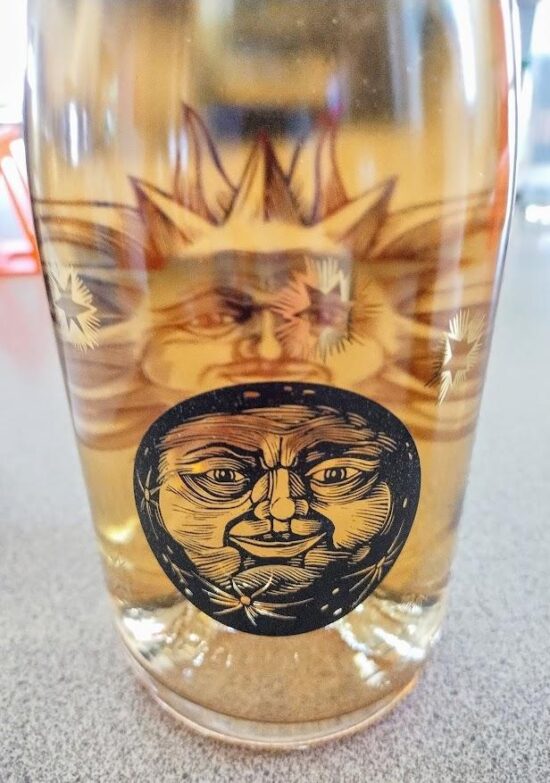
When a wine costs north of £600 a bottle, what should you expect of it? What is it reasonable to expect of any wine?
Is it reasonable to think of the other things you could get for £600 – flights somewhere, including Covid tests; a weekend away in England, unless you want to stay at Soho House; a pair of pretty fancy shoes – and compare them for pleasure? It’s difficult. But it does put the screws on the £600 bottle to deliver – something. But what?
I did not invent the £600+ figure. I tasted Colgin Cellars red recently, courtesy of Berry Bros, who import it, and sell it in three-bottle cases for £1450 in bond. I did not pay to taste it. It just made me think.
It is clearly a very very good wine. It is precise, detailed, complex, fresh. How good a wine has to be to taste like £600 a bottle is not a question I can answer.
The other week my friend Kate opened some old bottles, the remnants of her late husband’s cellar. These were odd bottles of claret mostly from the 1970s. Levels were good – she’d picked the best bets for our dinner. And we opened them in the expectation that some would be dead, some interesting, some dying in the glass – suck it and see, we thought. We were not setting ourselves up for disappointment: we were just going to enjoy it.
And we did. We drank them with roast duck, crisp and succulent, and hard cheeses. Food that flattered the wine, but also competed in the way that any food does. As did the conversation and the laughter. Angludet 1970 was aromatic, leathery and spicy, with a long but antiseptic finish, fading gradually in the glass. Haut-Batailley 1971 was lush and opulent, silky, low in acidity but full of life. Haut-Brion 1978 was going, going, gone. Gruaud Larose 1985 was rich, still youthful, sweet-fruited, savoury and herbal, with a long finish – the best of the lot, though the Haut-Batailley was lovely too.
If she or I had paid an arm and a leg for each bottle, would we have been disappointed? None of the wines was sensational; none was actually memorable, though the evening was glorious. But then they were bought in the days before classed-growth claret had moved into the luxury-goods bracket. And when it was still accepted that wine was inherently risky. Now, if you’re paying £600+ a bottle, bottle variation would be unacceptable, a corky bottle a scandal.
Wine is a performance art, and like all performance arts, it can thrill and it can disappoint. Luxury goods, however, cannot afford to disappoint. Any possible shortfalls in bliss tend to be dealt with in advance by a focus on an enveloping excitement and exclusivity, so that when the stuff is actually in your mouth you might be so thrilled by being the sort of person who drinks this sort…



